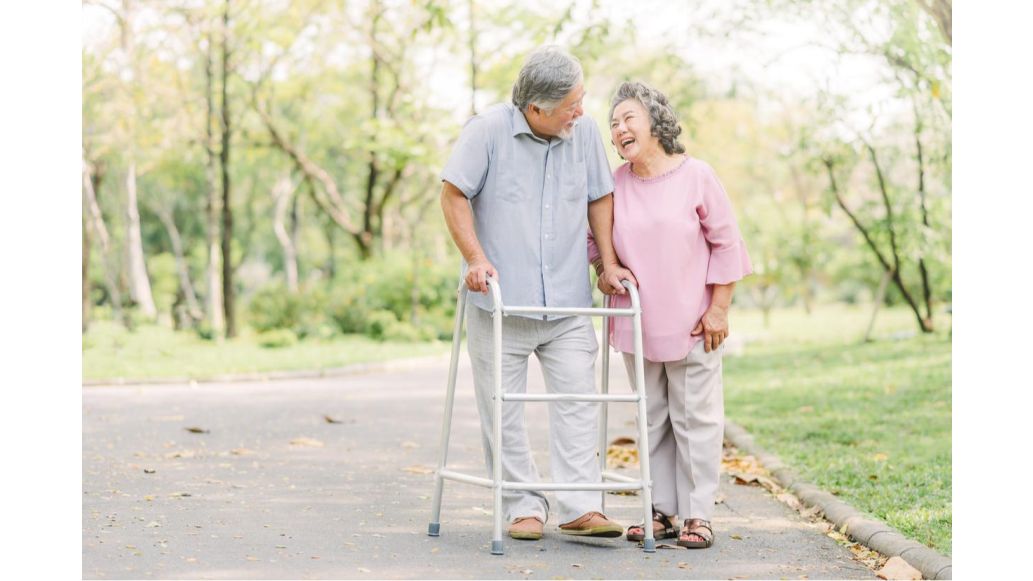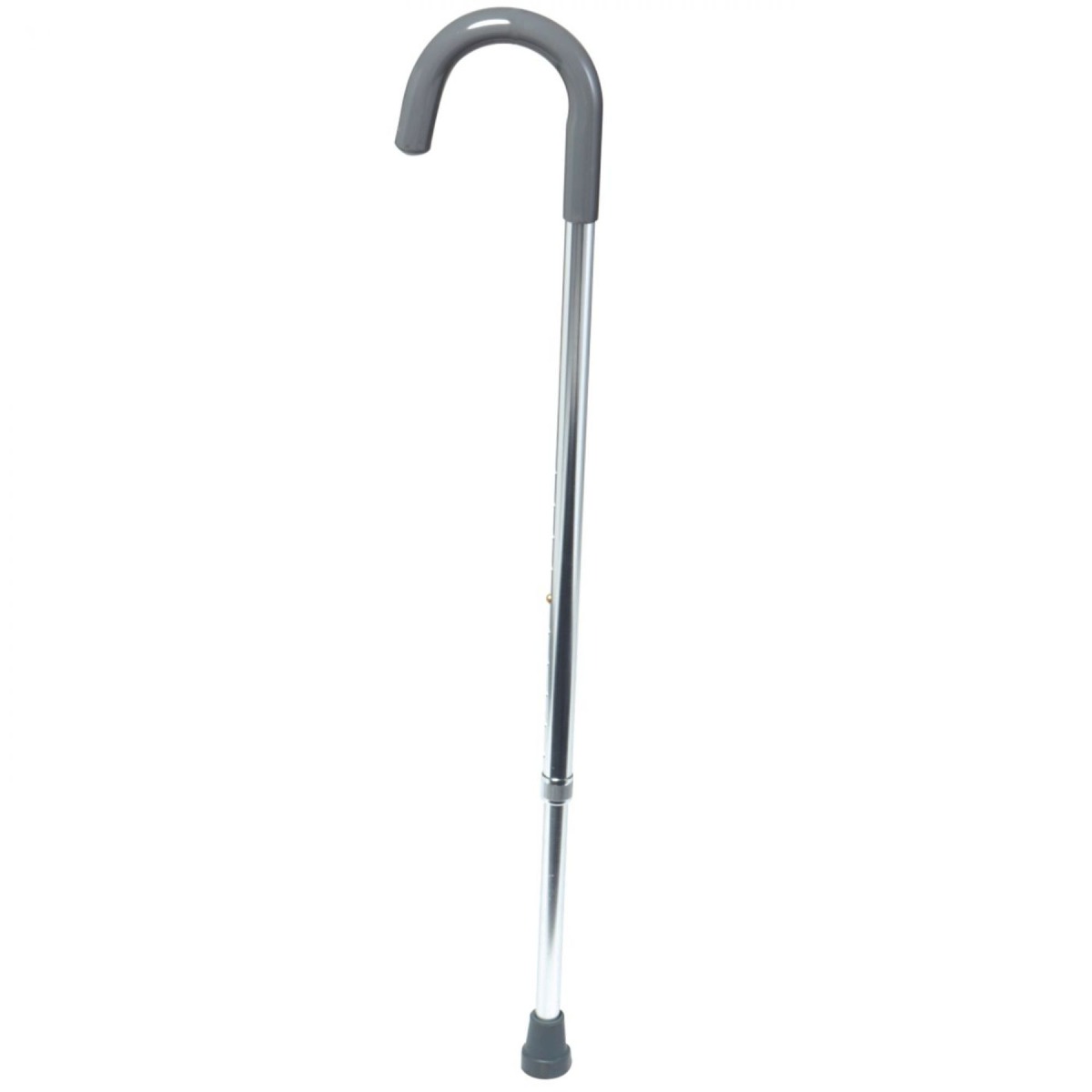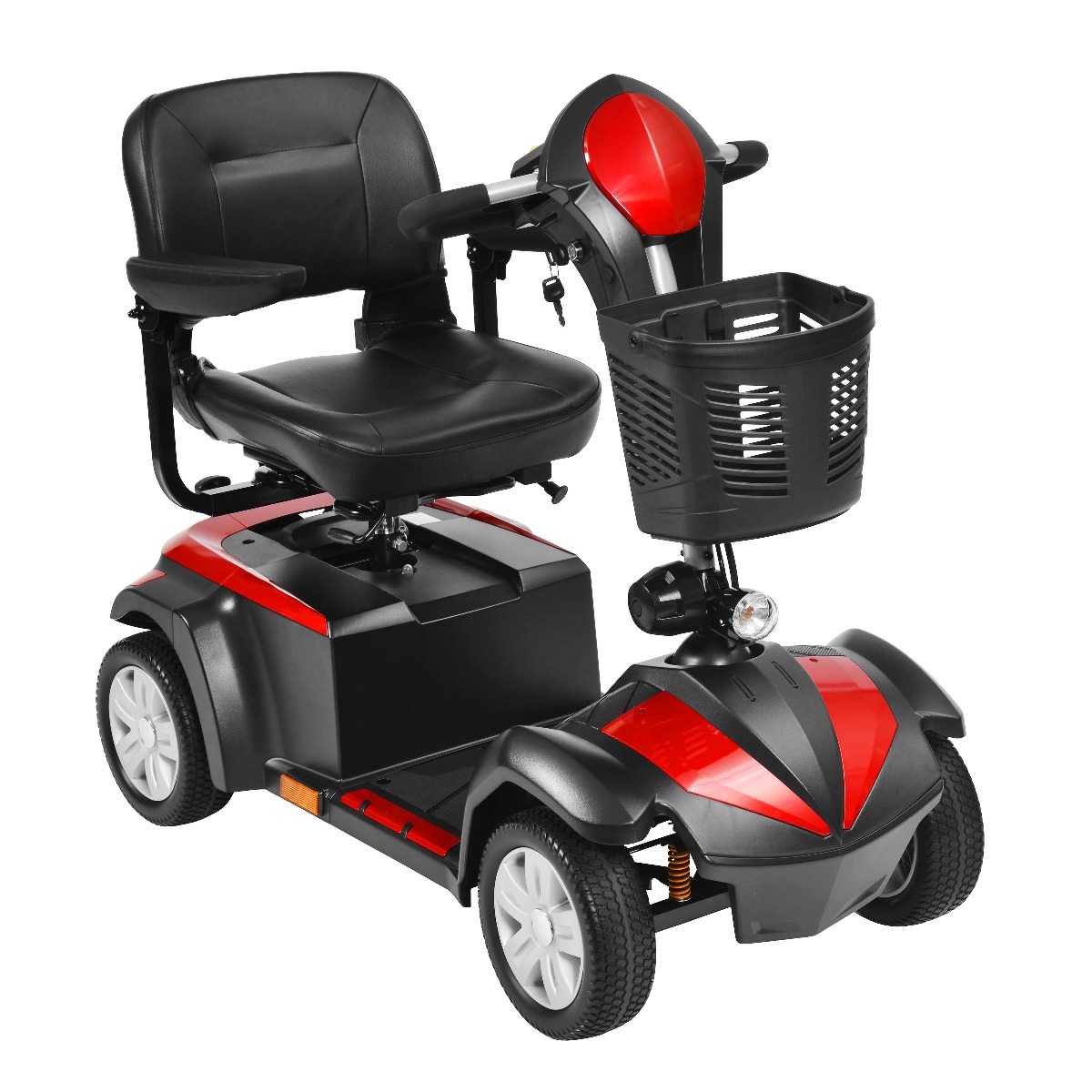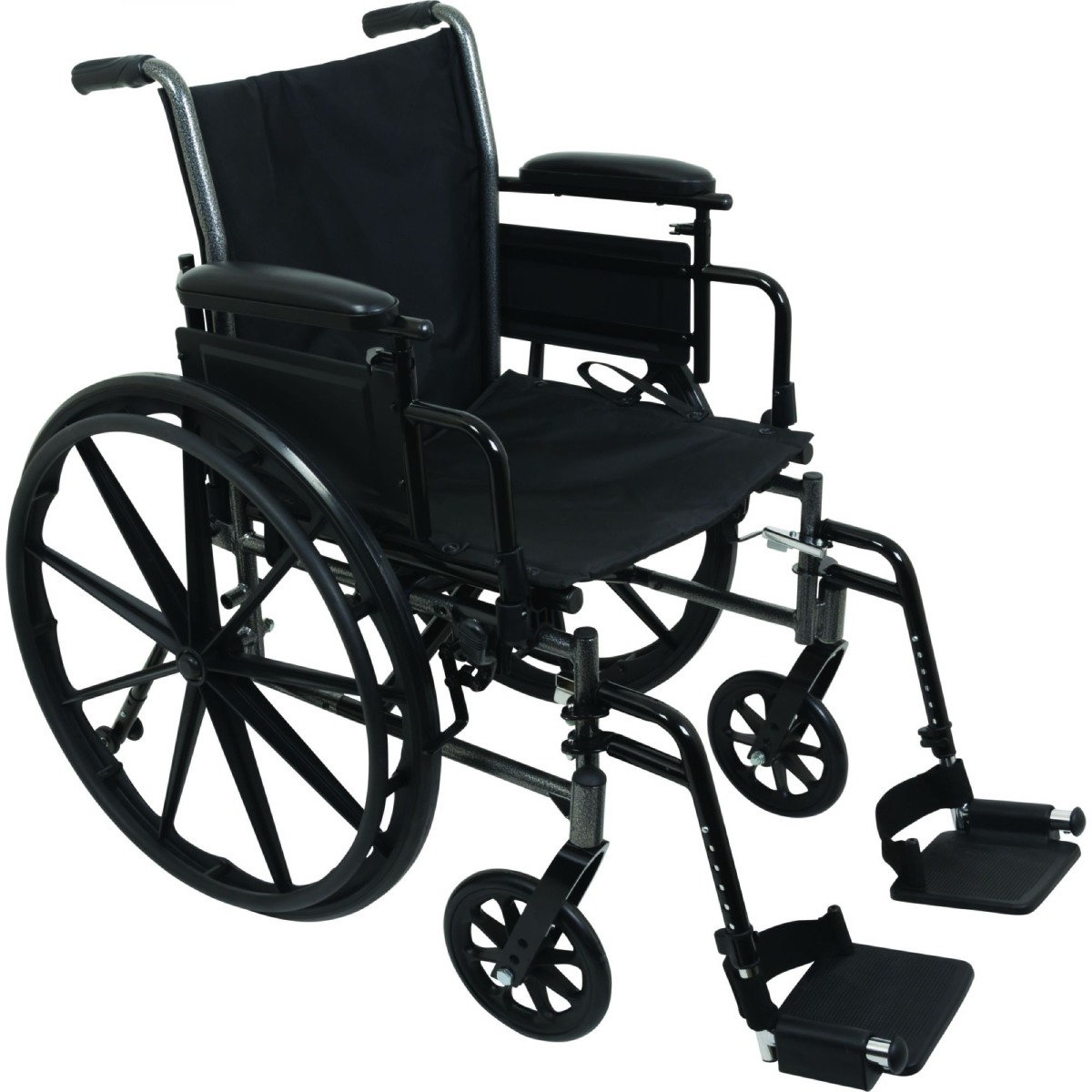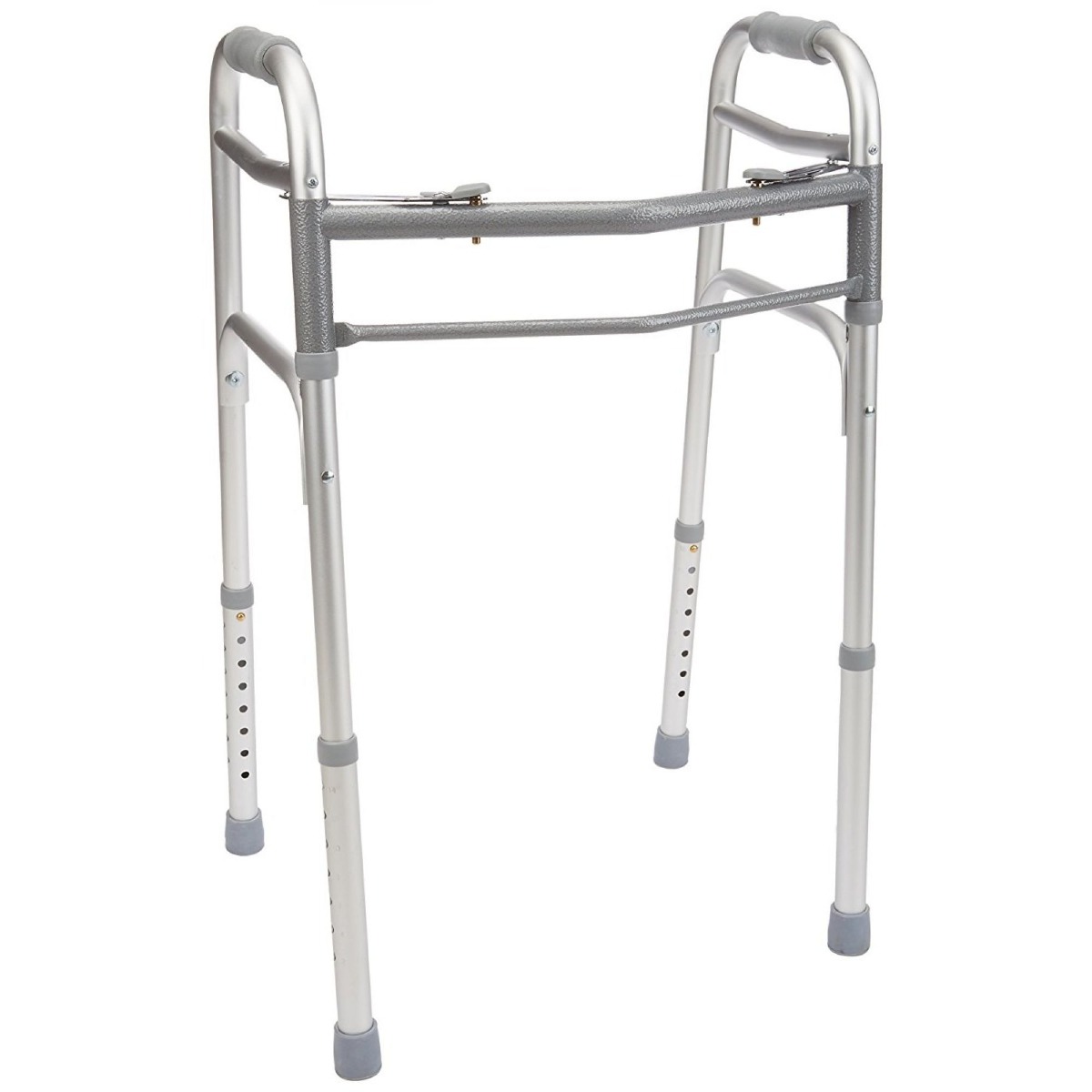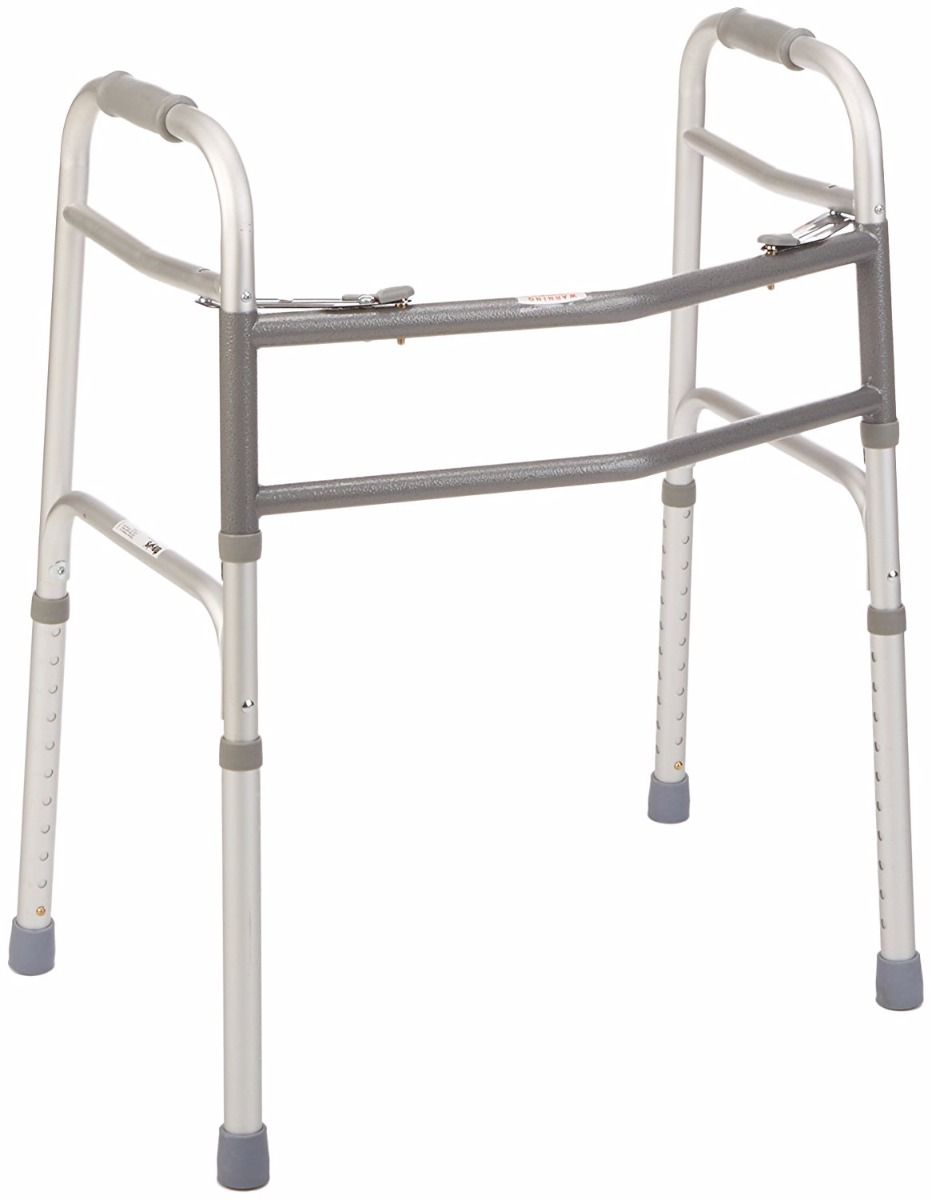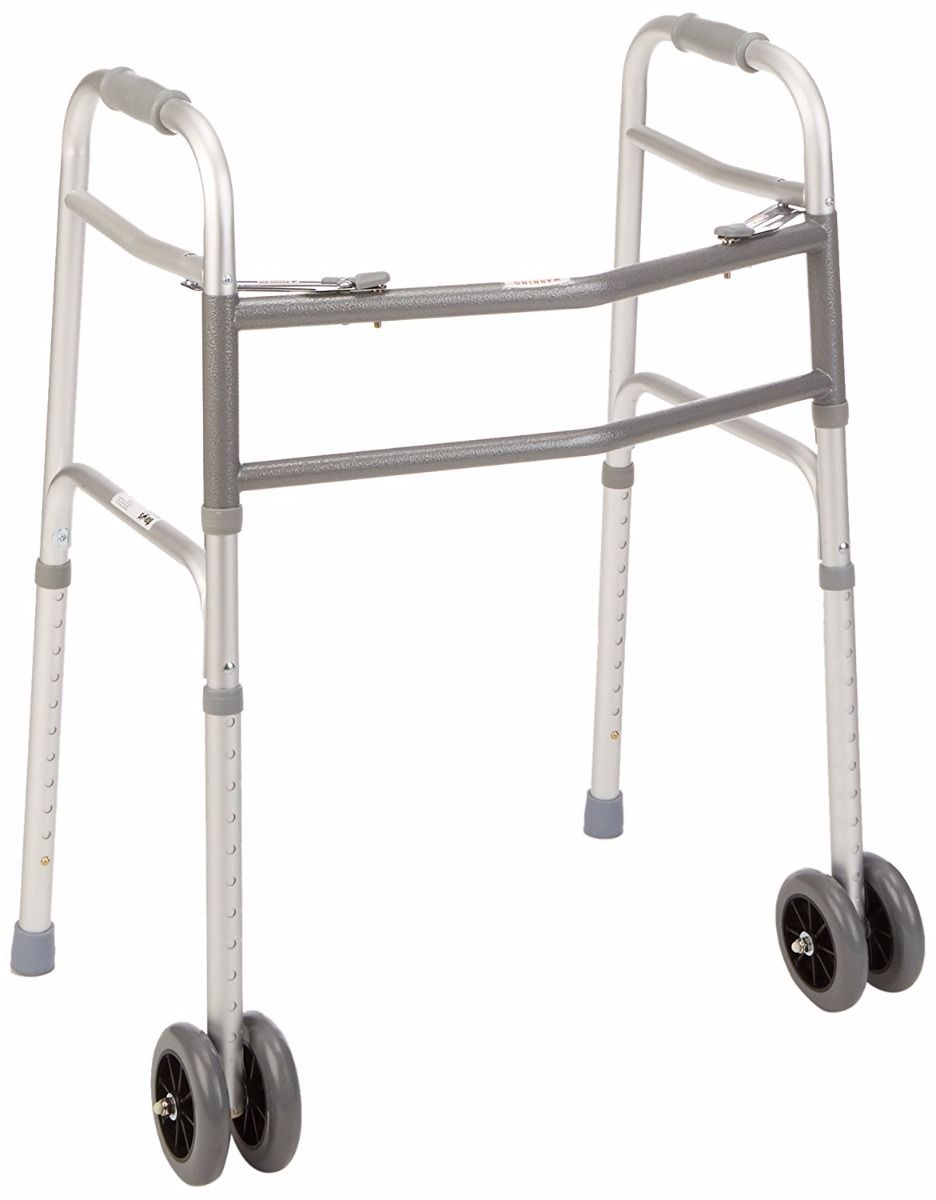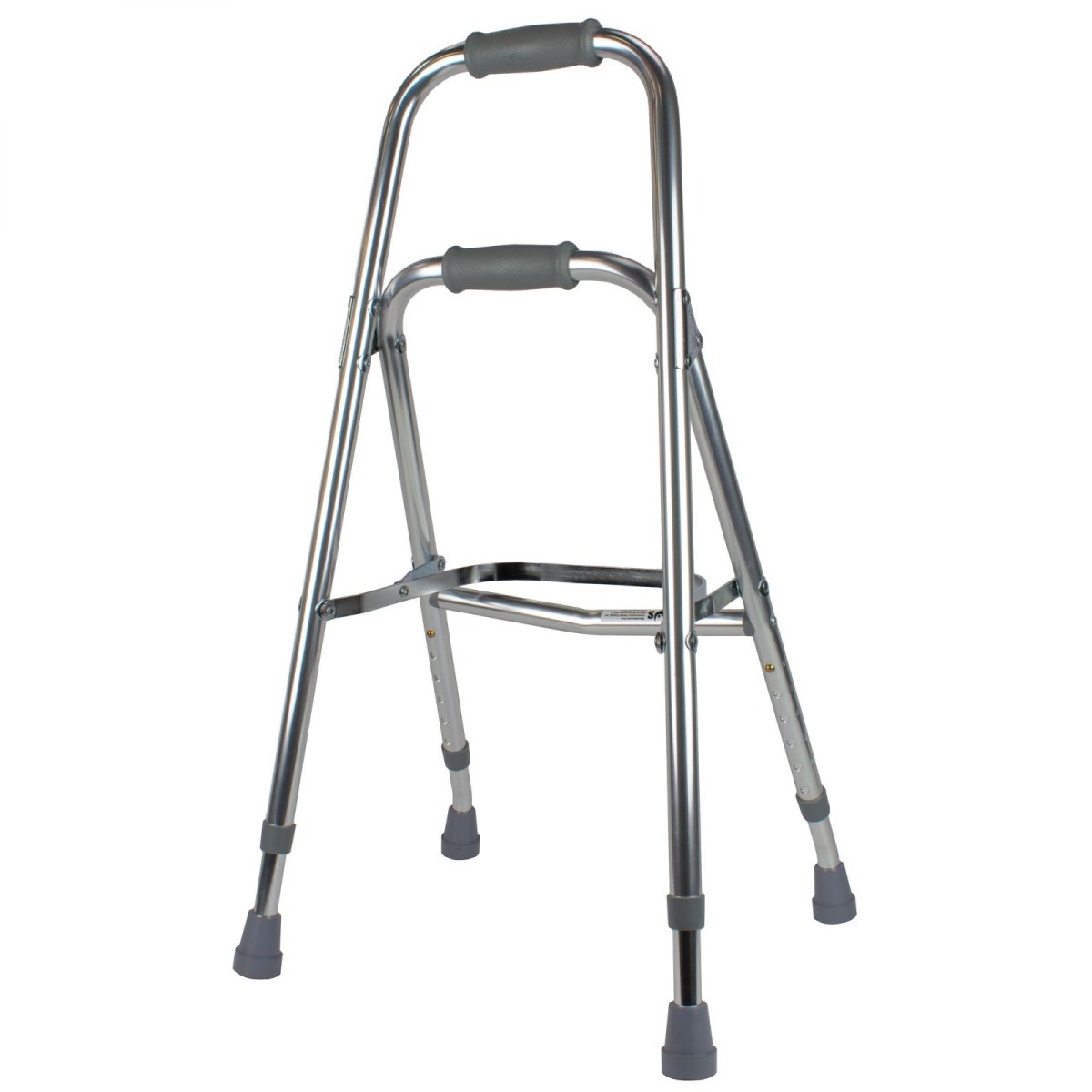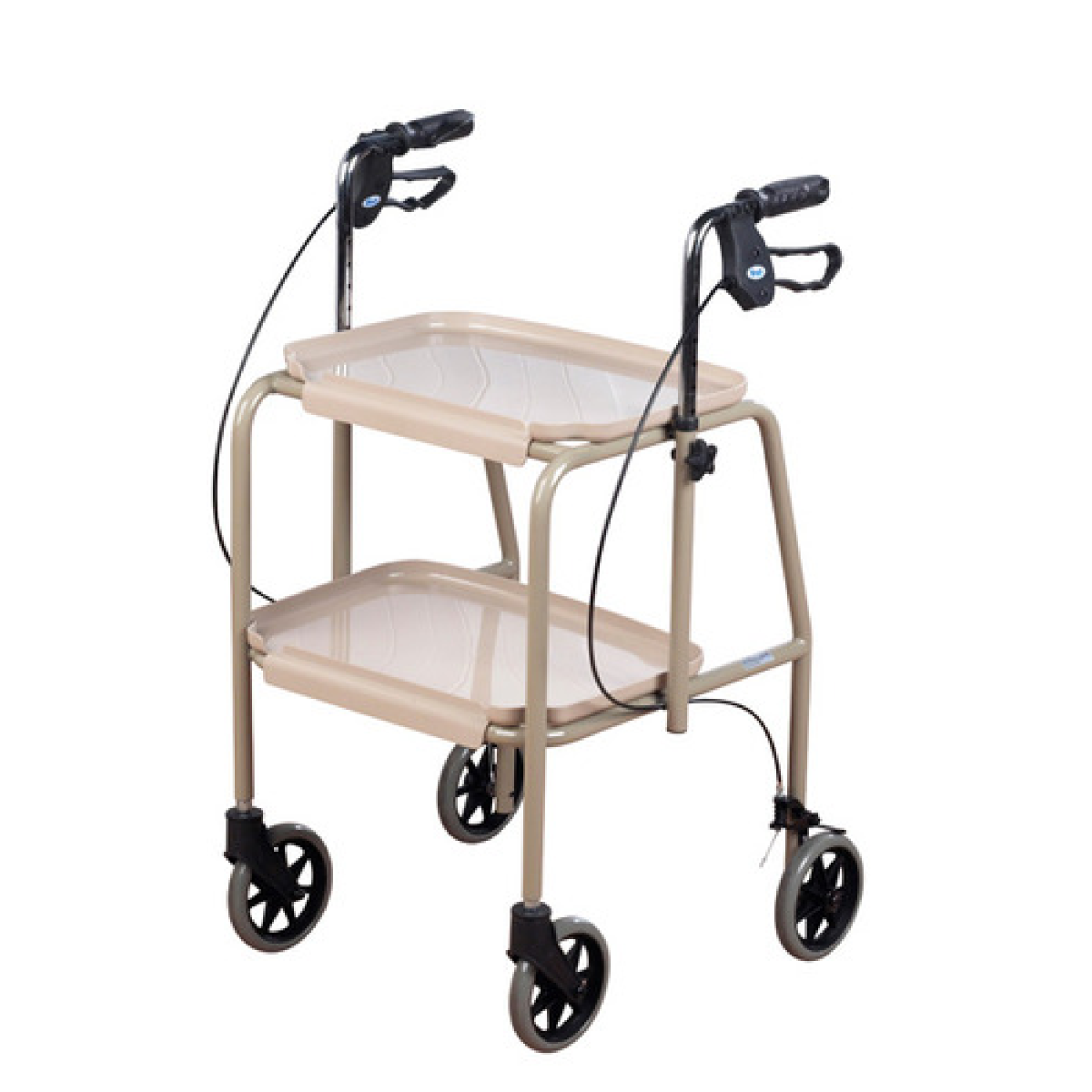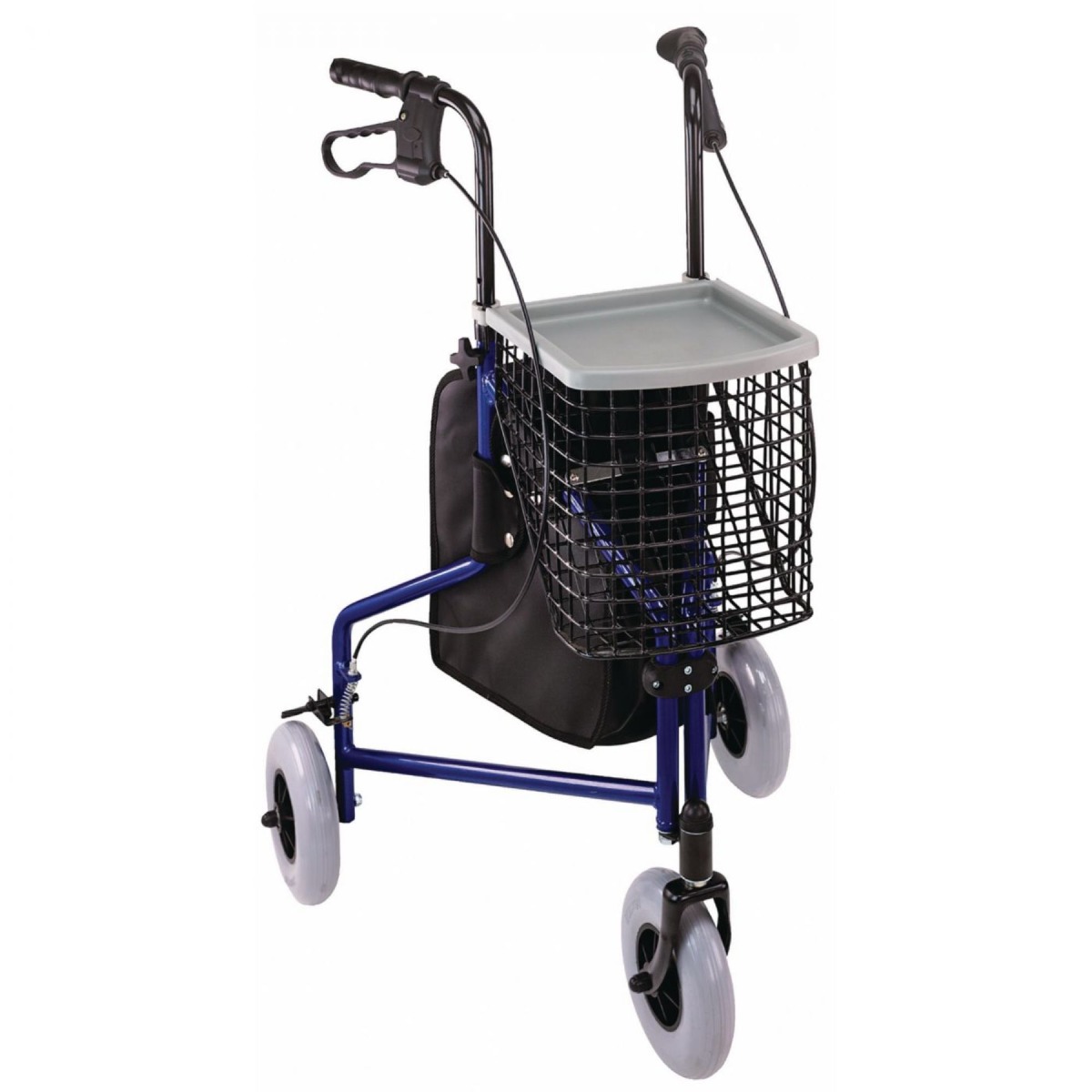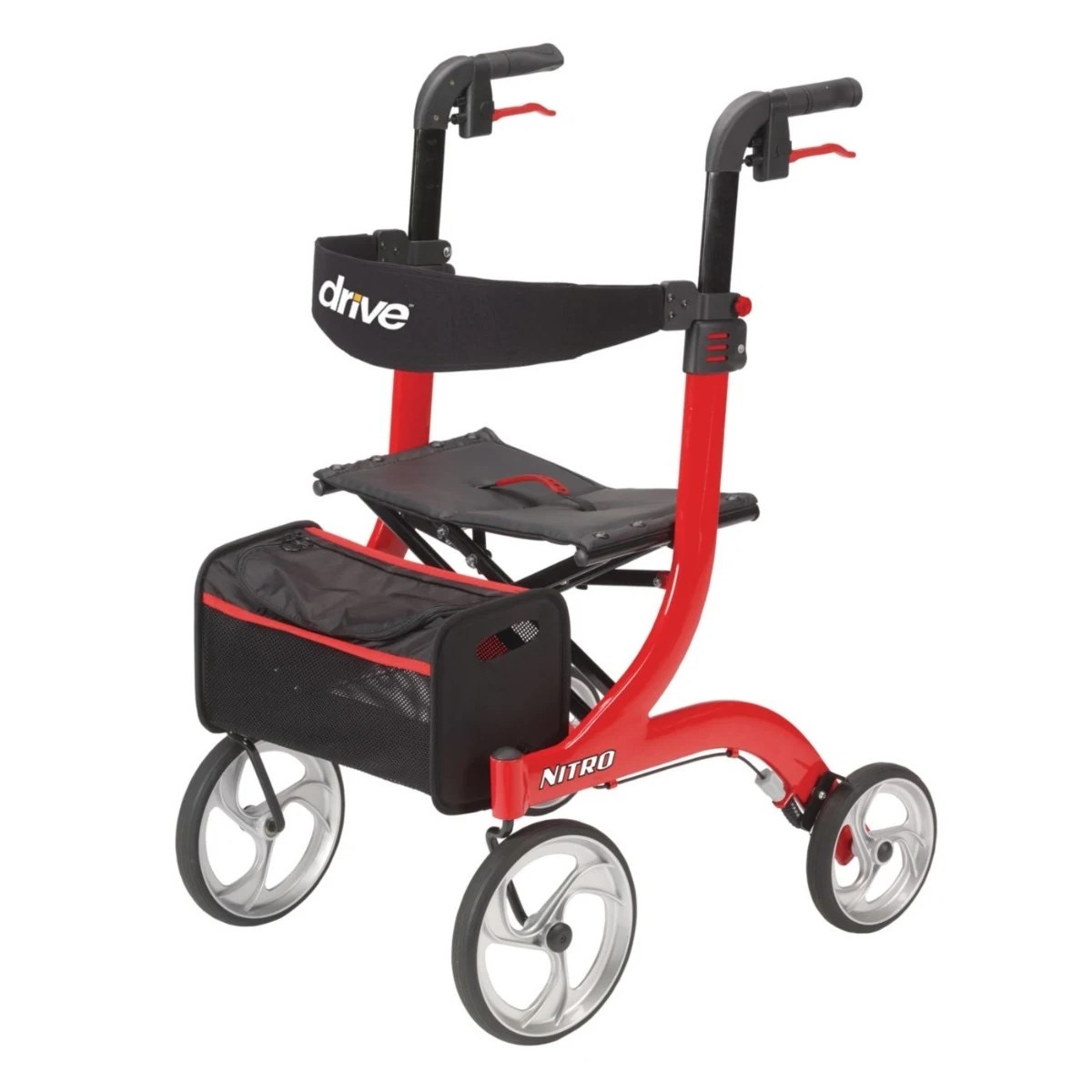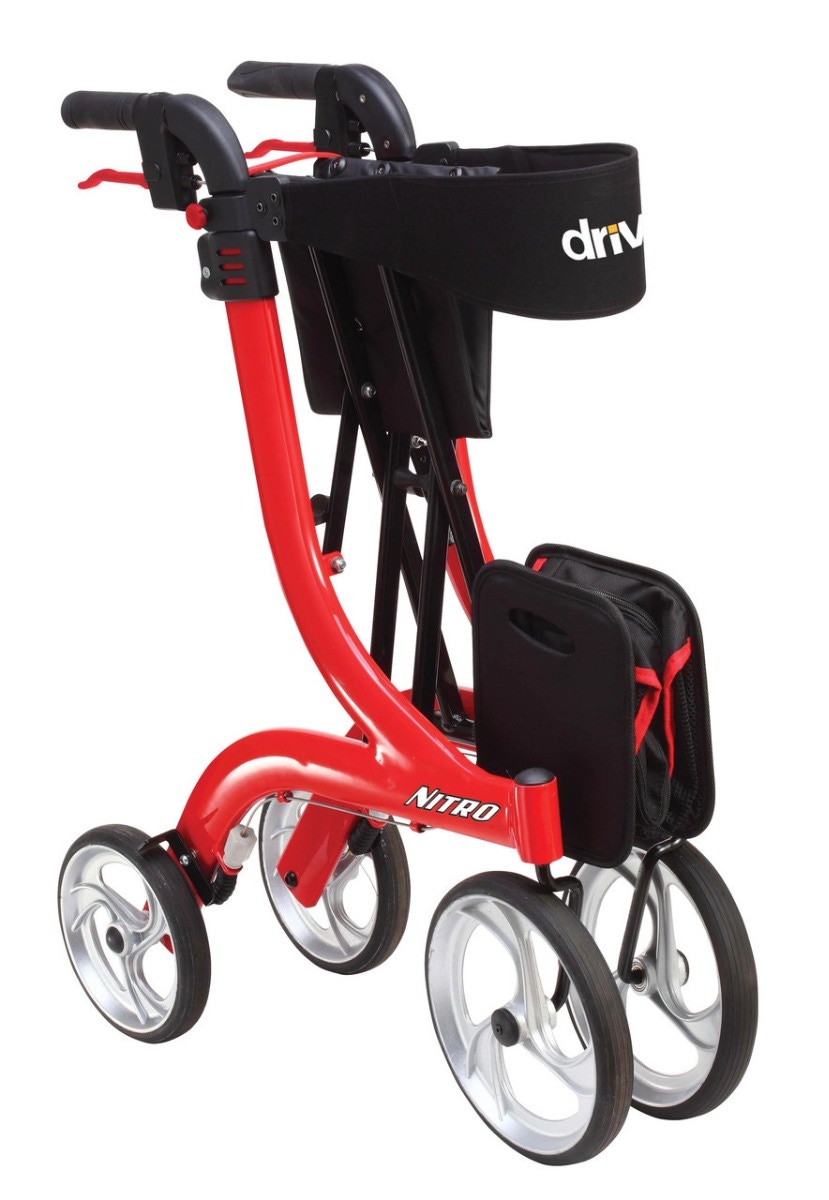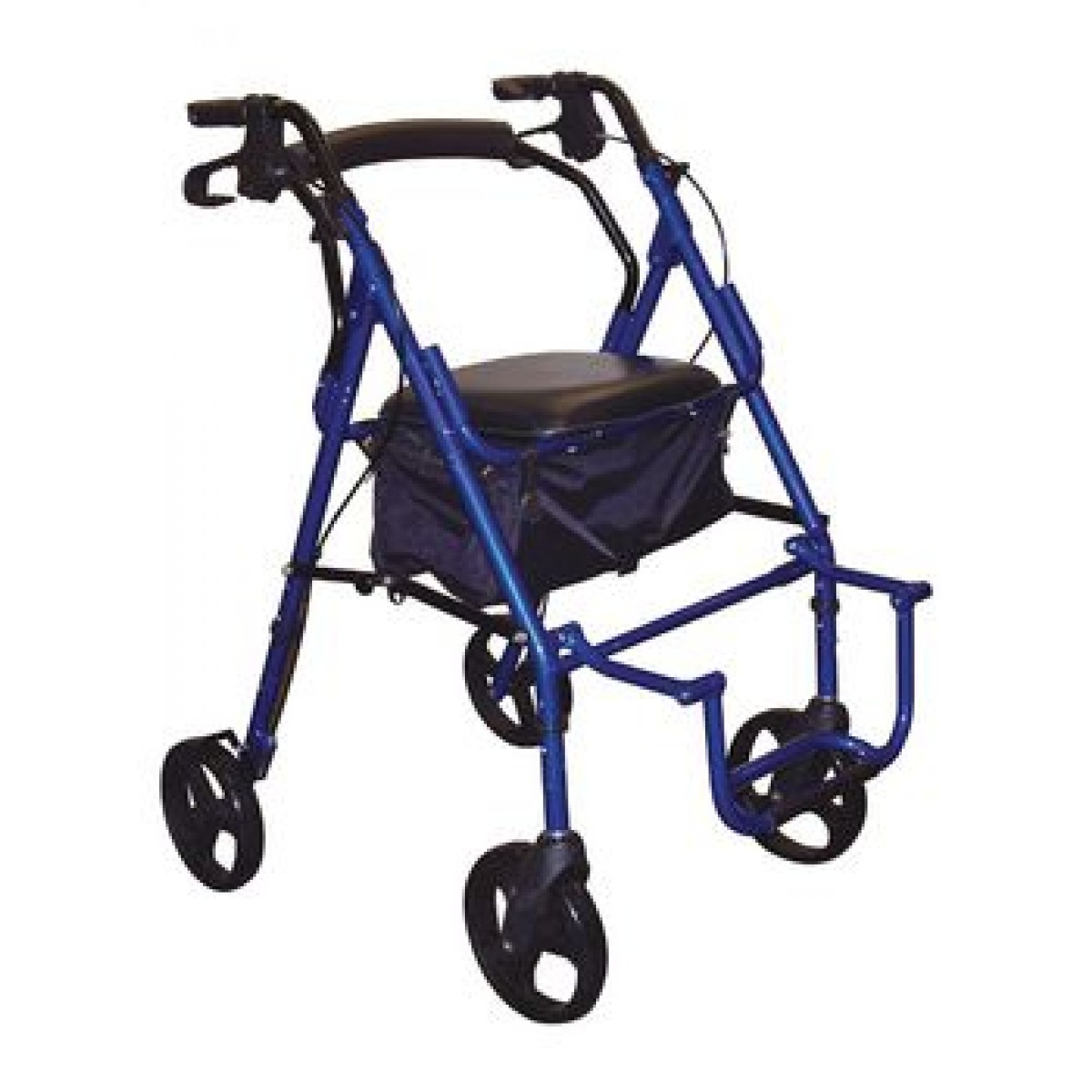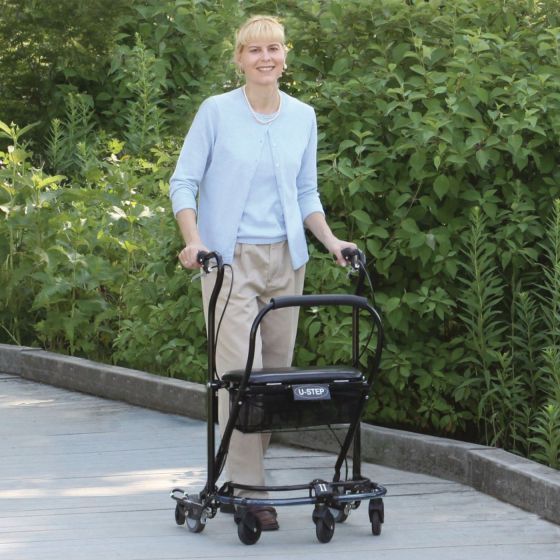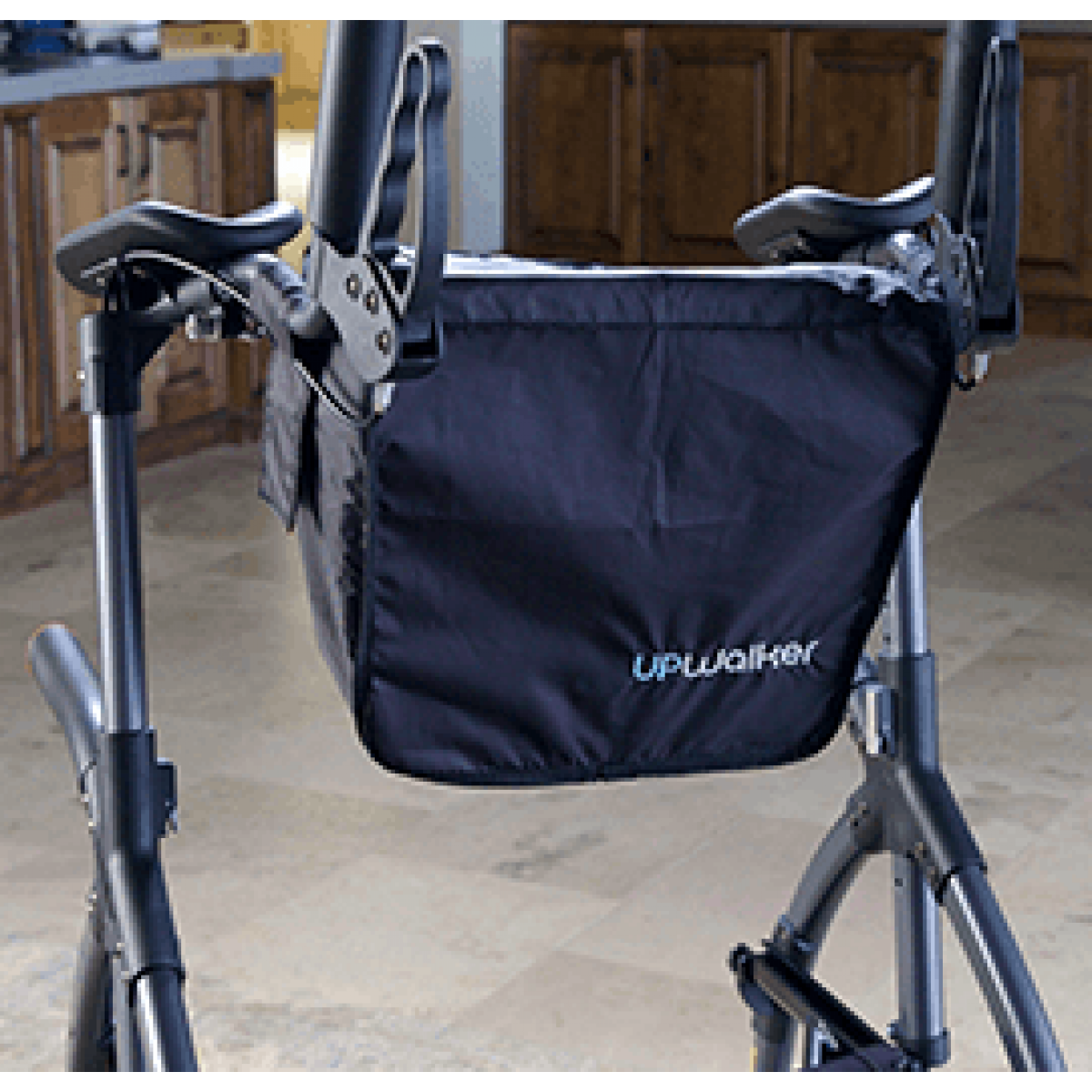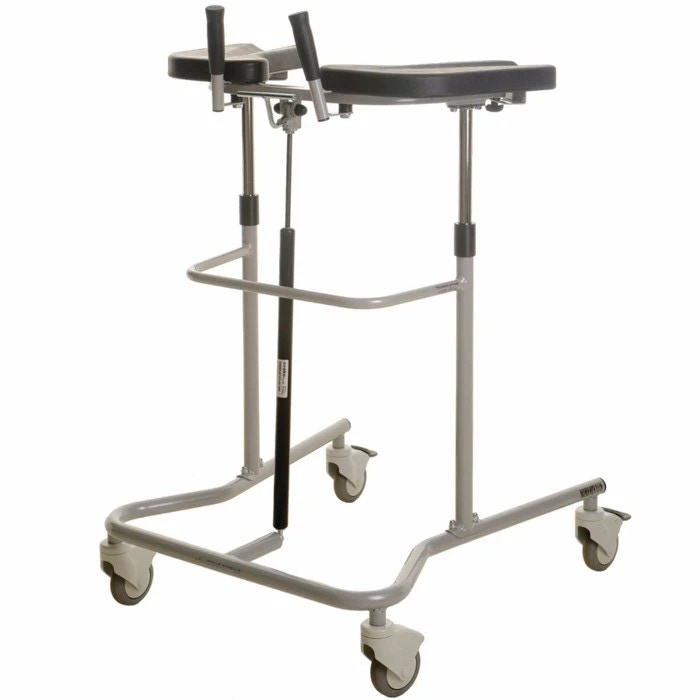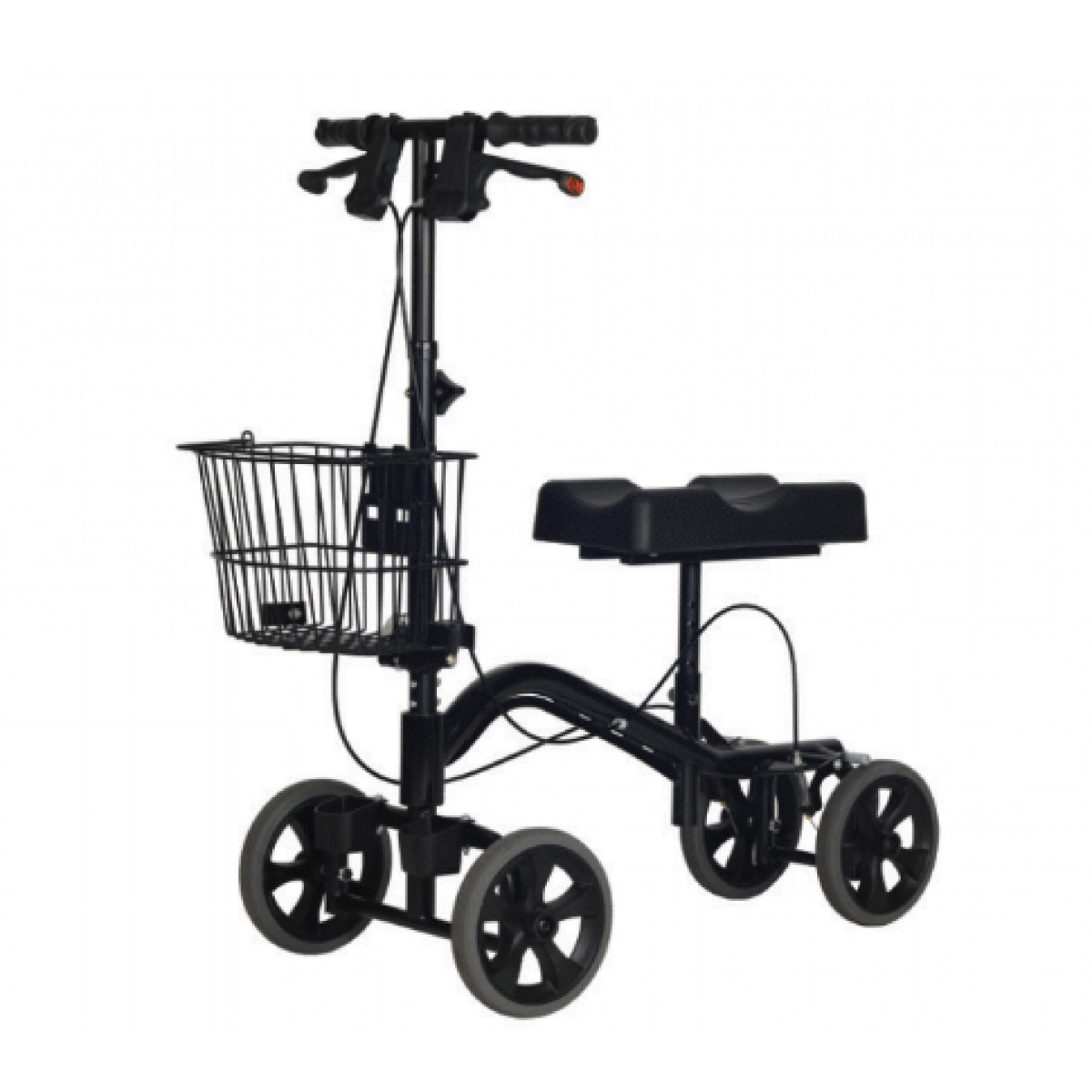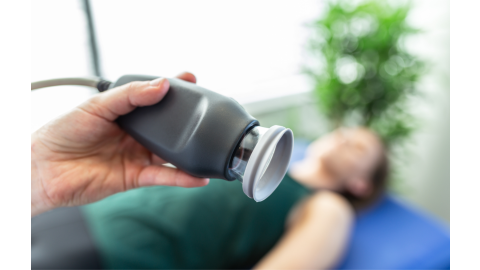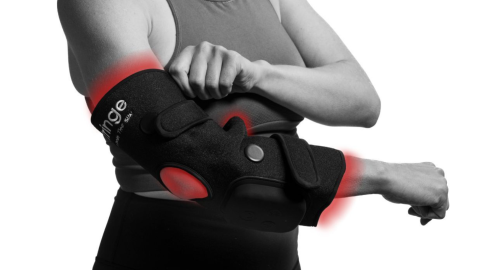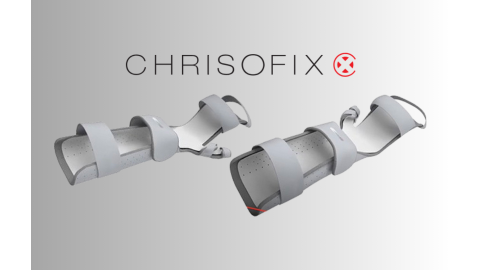If your patients grow tired when walking longer distances, have a condition that impairs their balance, gait, or leg strength, or are recovering from a lower limb injury or surgery, a mobility aid can help them get around easier during everyday activities.
Patients come to clinicians and therapists with a desire to stay independent and active. But how can they choose the right mobility aid? The terms “walker” and “rollator” are often used interchangeably, so how can patients decide which device fits their lifestyle? We’re here to help! Share this guide with your patients to help them make the right choice when choosing a mobility aid that fits their lifestyle.
Overview: Types of Mobility Aids
Walkers vs. Rollators
When to Use a Walker or Rollator
What Walkers and Rollators are Available?
Specialty Mobility Aids
Overview: Types of Mobility Aids
|
A cane provides minimal support for short distances and crowded places |
A walker offers sturdy support and balance for longer distances |
|
A rollator gives you support and mobility over longer distances |
Motorized Scooter or Wheelchair
Makes it easier to move longer distances while using a motor controller |
A wheelchair offers the most stability and allows you to push yourself or be pushed by an attendant (transport chair) |
For some people, a cane may provide enough support. Others require more aid and find that a motorized scooter, motorized wheelchair, or wheelchair fit their needs best.
If you fall somewhere in the middle, we can help you decide on the best option!
Walkers vs. Rollators
Both options offer support while walking and are foldable for convenience on the go, but what’s the difference?
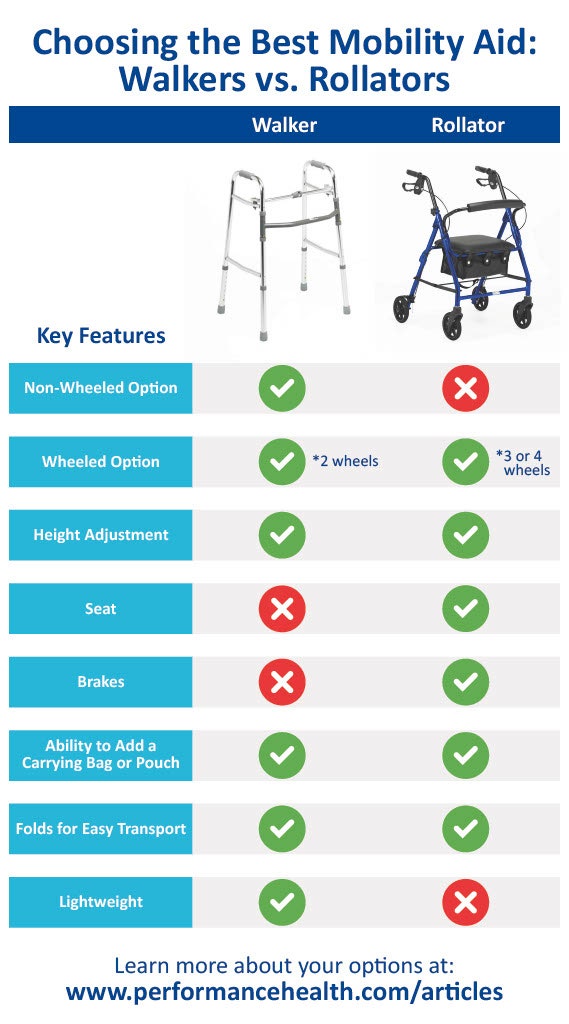
What is a walker?
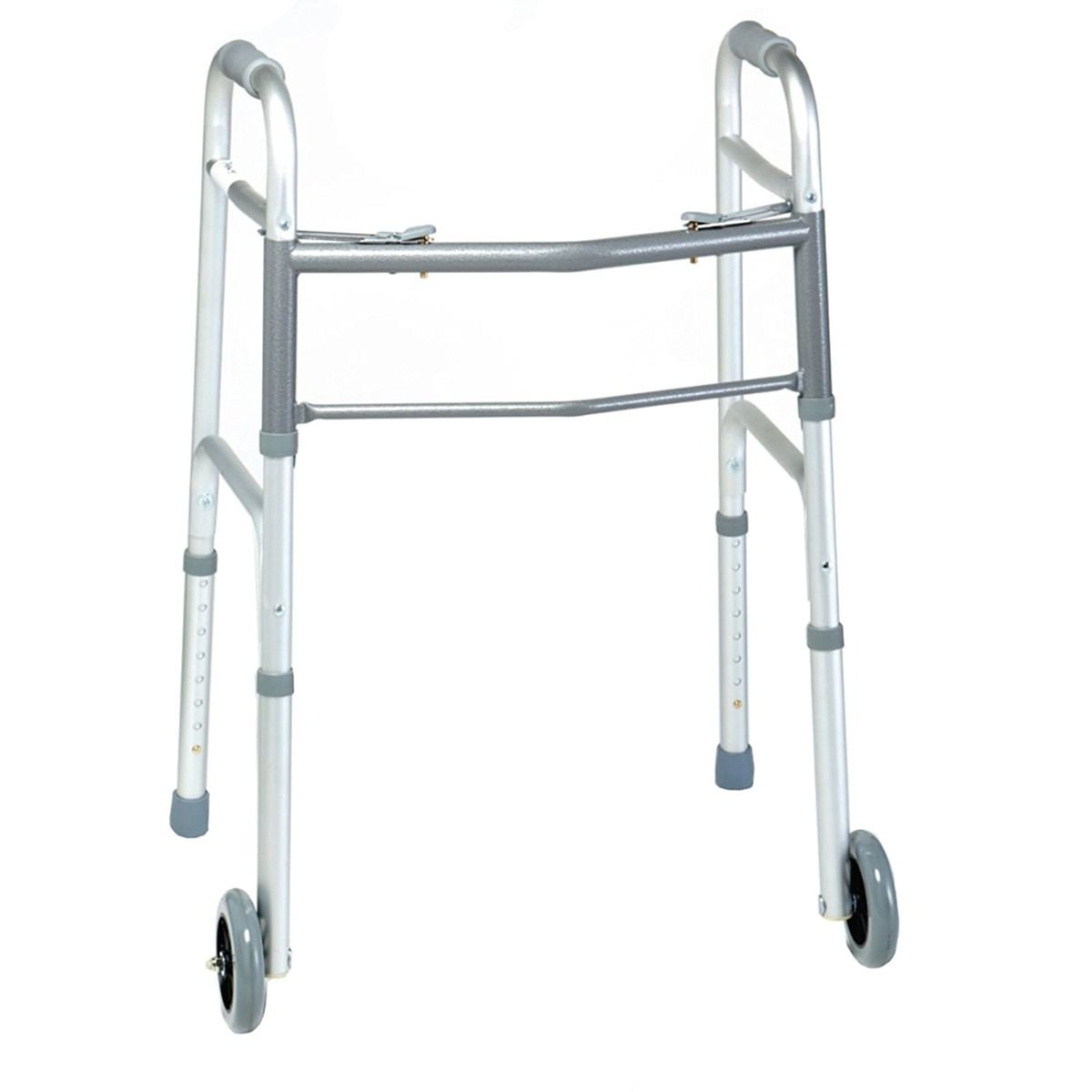
A walker is a stable mobility aid. Walkers are available in non-wheeled and wheeled versions. They generally look plainer than rollators.
Non-wheeled walkers offer stable support for people who have balance problems. However, the walker must be picked up and moved forward before you take another step, which makes them a poor choice for people with limited arm strength.
Wheeled walkers offer support, but also have two front wheels which makes them a bit more maneuverable and easier to move.
Walkers don’t usually have a seat, but you can add accessories! A walker pouch can be added to hold objects as you move from room to room. A basket can hold groceries or a purse. And a tray can hold a meal, a remote, or other objects. You can even attach a cup holder!
What is a rollator?
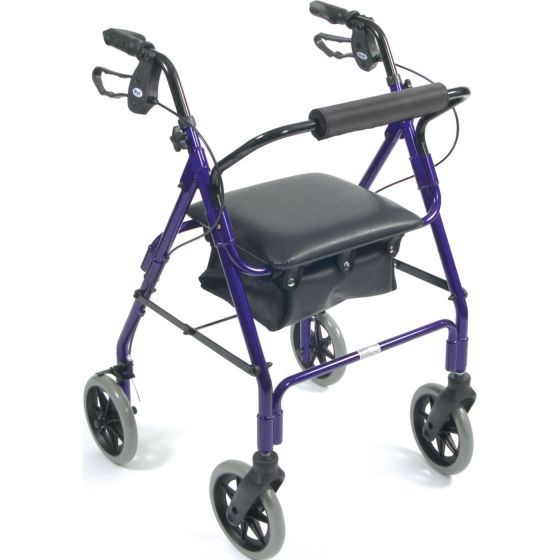
A rollator is a more mobile stability aid. Rollators are available in three or four wheel versions. They come in a variety of colors and are a bit more stylish compared to walkers. But because of the wheels and brake system, rollators are often heavier than walkers (around 25 lbs. vs. 8 lbs.), an important consideration if you’ll be taking it with you and lack arm strength.
A three-wheeled rollator fits in smaller spaces, can make sharp turns, and has increased maneuverability. They’re lighter than four-wheeled options, however, their design means that they don’t offer a seat.
A classic four-wheeled rollator offers stability and easy mobility. Rollators enhance mobility and walking speed. Because they have four wheels, rollators require steering and easy hand brake operation, which may not make them the best option for all users.
A rollator seat gives you a place to sit and rest on longer adventures. Most rollators also have a basket (often below the seat) to hold your belongings. Most rollators don’t have trays though.
When to Use a Walker or Rollator
When should you use a walker?
Walkers are best for users that need stable support and walk at a slower pace. If you are mobile enough to walk instead of using a wheelchair, but have difficulty walking from your bedroom to your bathroom, a walker might be the right choice for you. A walker is also a good solution for people recovering from hip or knee replacement surgery who can’t bear weight on one leg.
When should you use a rollator?
A rollator is best for user’s who can walk but just need a little help with balance and stability. Rollators allow you to walk at a quicker pace and help with a normal gait. The user should be able to steer the rollator and operate the hand brakes as needed. Most rollators have a seat, allowing you to take a rest as needed.
What Walkers and Rollators are Available?
Browse available walkers.
Browse available rollators.
What kind of walkers are available?
Best Standard Wheeled and Non-Wheeled Walker
The Days Two Button Walker is a height adjustable standard walker. It’s available in both non-wheeled and wheeled versions. The wheeled (rolling walker) version comes with 3” wheels, best for indoor use, and 5” wheels for indoor and outdoor use. This walker is also available in youth options for children, in addition to adult versions.
Best Bariatric Walker
The Days Bariatric Walker is available in non-wheeled and double-wheeled versions. These bariatric options support up to 700 pounds. The sturdy aluminum frame keeps the walker both strong and lightweight. The non-wheeled version weighs 7 lbs. and the wheeled version only weighs 8.6 lbs., making it easy to take your walker with you on-the-go.
|
Best Hemi Walker
A hemi walker is more similar to a cross between a cane and a walker than a typical walker. It’s designed for people with limited or no dexterity in one hand or one side weakness. It only takes one hand to use a hemi walker for support while walking. The Days Hemi Walker is one height adjustable hemi walker option.
|
Best Trolley Walker
While many walkers can be used with a tray accessory, the Homecraft Deluxe Walker Trolley has two! The clip-on shelves can be used to hold and transport reading glasses, a phone, a remote, a tissue box, a book, a magazine, meals, drinks, and more.
|
Walker Accessories
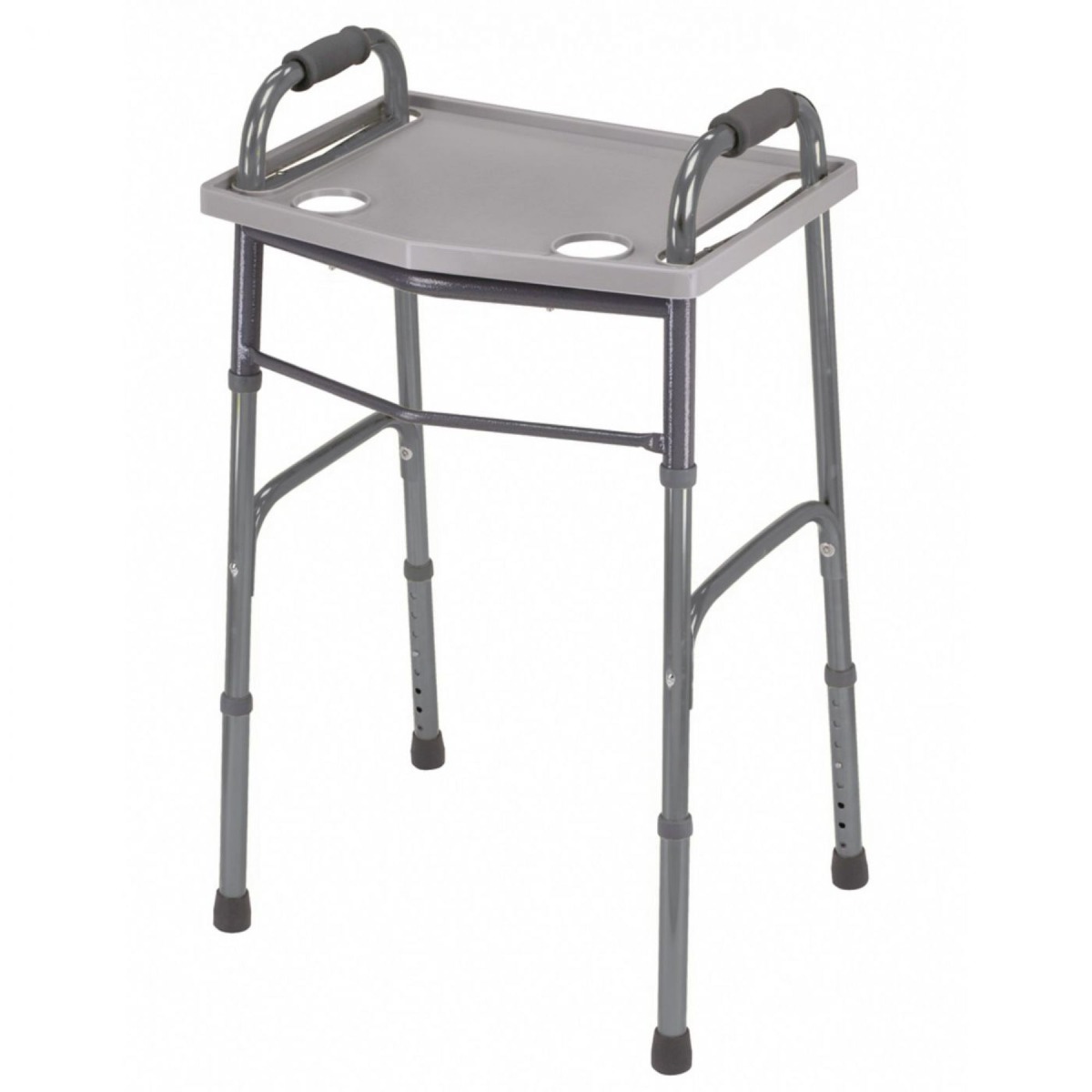
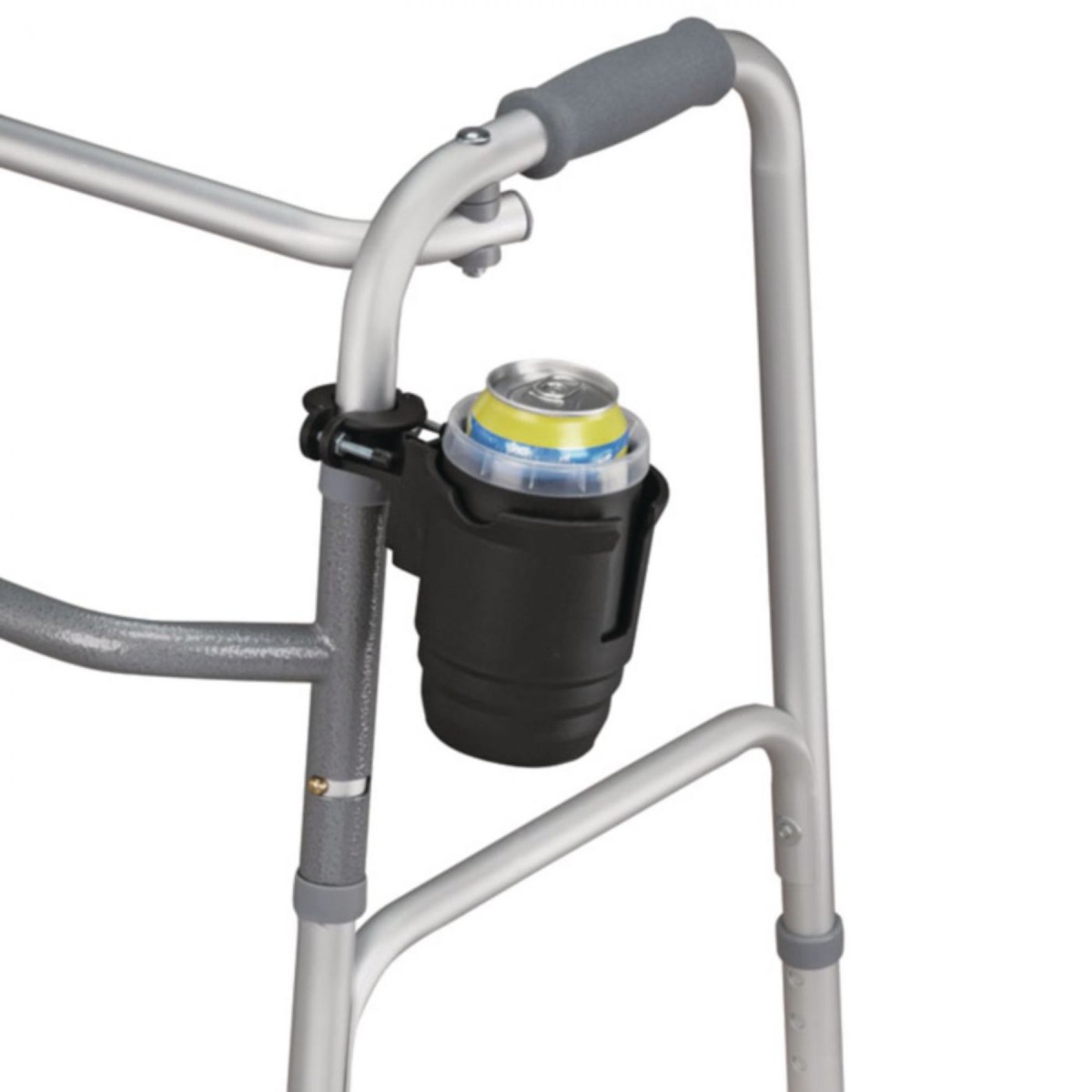
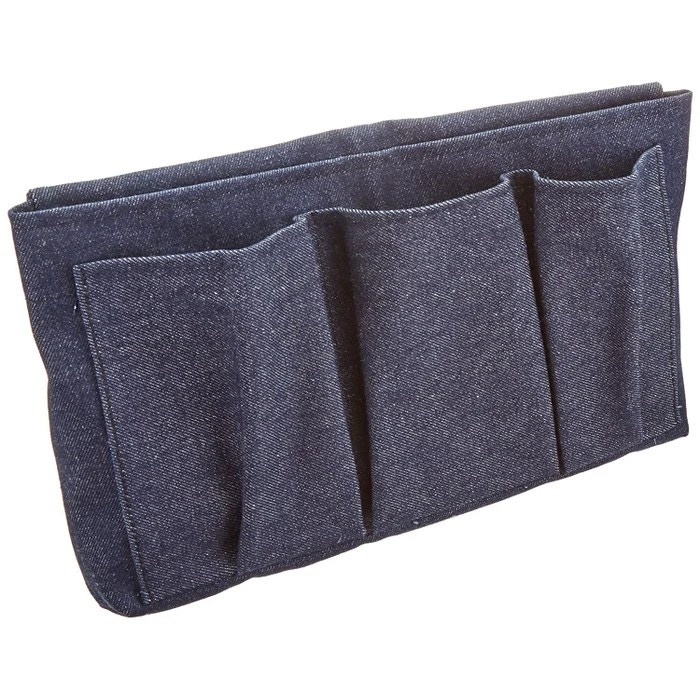
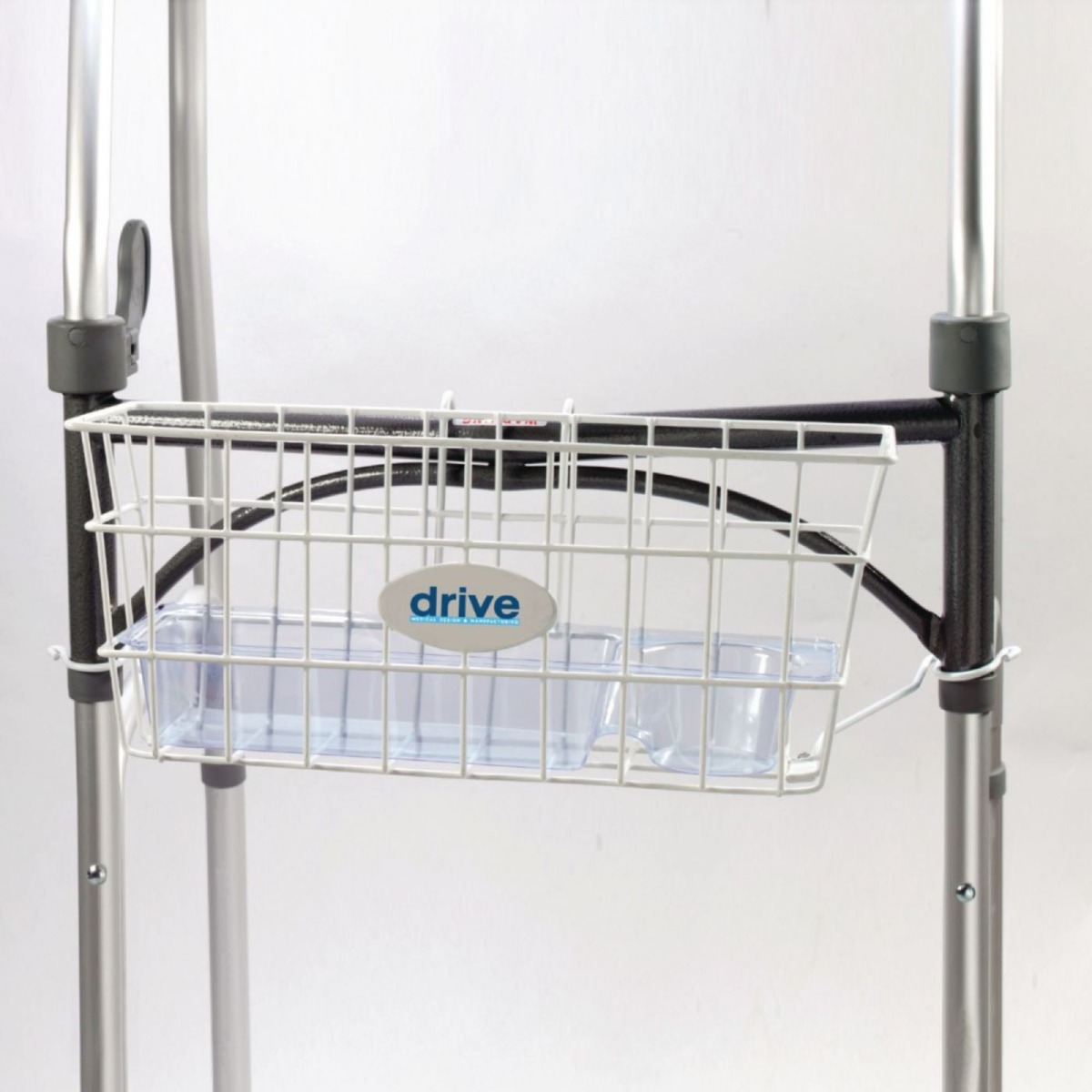

Walker accessories can make your walker more functional and attractive. A walker tray can be used to hold personal belongings while you use your walker. You could also add a cup holder to hold a can, mug, or bottle. A walker pouch is another option to hold everything you need, whether you prefer a classic black pouch or a sporty multi-pocketed pouch. If you need to hold larger objects, a walker basket might be a better option. Add a walker platform attachment to bear weight on your arms. It's ideal for those with hand injuries or arthritis.
What kind of rollators are available?
Best Standard Rollator
If a rollator best fits your needs, consider the Days 100 Series 106 - Large Lightweight Aluminium Rollator. Independently move from room to room using this rollator. It includes a seat and an under-the-seat basket to hold your belongings.
|
Best Bariatric Rollator
The height-adjustable Days Bariatric Rollator is similar to the standard Days Rollator and also features a seat. It has a separate wire basket to hold your belongings. The bariatric version has more space between the handles and a weight capacity of 700 lbs. Use this rollator at home, at work, and on the go.
|
Best Three Wheel Rollator
A three wheeled rollator can handle tight turns and fit into spaces that a standard rollator can’t. This three wheel rollator features a pouch, a wire basket, and a tray. The wheels enable the rollator to be used on most terrains while the loop brakes make the rollator easy to use.
Best Collapsible Rollator
The Drive Nitro Rollator makes it easier to take your rollator with you on the go. It can be collapsed and remain upright to fit in narrow, crowded spaces. This also makes it easy to fit in the back of your car or store at home. The height adjustable rollator features a mesh seat, fabric backrest, storage bag, and stored brake cables for added safety.
Best Transport Chair Rollator
The Drive Duet Transport Chair/Rollator can be used as a rollator or as a transport chair. A caregiver can push while the user sits on the padded seat, against the backrest, and put their feet up on the footrest. The rollator also features loop lock brakes, a seat belt, and a carry pouch.
Rollator Accessories
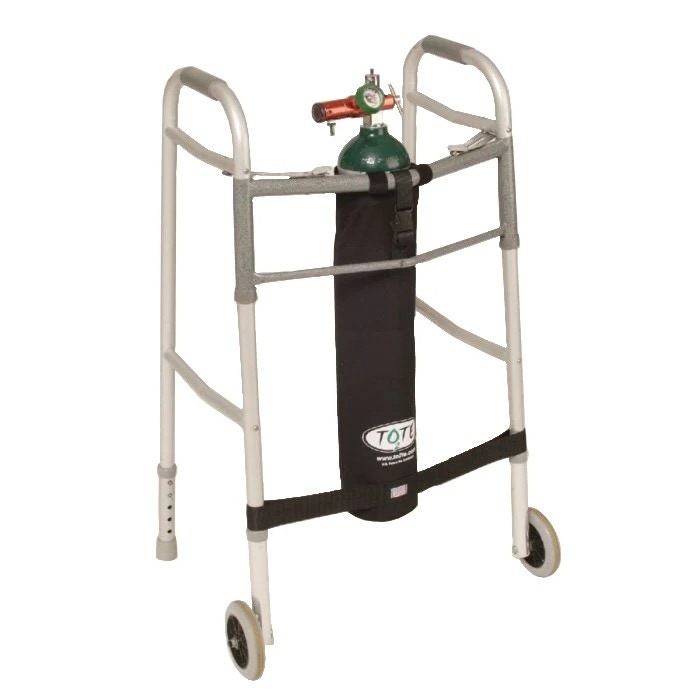
Because most rollators already have a basket, there aren’t as many accessories as for walkers. Some rollators have optional trays designed for use with that particular rollator. Another accessory is an O2 Tank that attaches to a rollator or walker and holds a D, E, or M6/B cylinder of oxygen.
Specialty Mobility Aids
Best Rollator for Parkinson’s Patients
The U-Step II Rollator is designed for use by people with neurological conditions. Unlike a standard rollator, this rollator will not move until walking is initiated by the hand brakes. You can control the rolling speed by using the resistance control lever. And it includes a seat and under-the-seat basket.
The U-Step II Rollator option with a laser light helps initiate movement in people with classic Parkinson’s disease. It helps reduce freezing gait episodes by projecting a guiding red laser light in front of the rollator.
Best Posture Rollator
A posture rollator helps you maintain good posture while walking. The UpWalker allows the user to stand upright with better posture than a traditional rollator. It may help reduce back pain and pain in the hands and wrist. You can even add a bag, beverage holder, smartphone holder, cane/umbrella holder, or flashlight.
Best Cardiac Walker
When early walking is indicated after surgery, the EVA Support Walker supports your weight while exercising. The non-marring casters with step-on rear wheel locks provide sturdy support during standing activities. It features comfortable forward-facing handgrips and width-adjustable, padded armrests that are sculpted to support the forearms and prevent them from sliding during movement.
Best Non-Weight Bearing Aid
The cushioned and contoured seat of the Days Steerable Knee Walker comfortably supports half your body weight to take the pressure off injuries below the knee. The rollator supports either the left or right knee and adjusts to fit any height. It features dual hand brakes for excellent control and a front basket for your personal belongings.
Recap
There are many ways to increase your patient's mobility and allow them to comfortably take on the activities they enjoy. Performance Health is happy to help you and your patients with all their mobility needs. Explore walking aids, transfer aids, and other helpful accessories with Performance Health Mobility and Ambulation products.
References
Boughner, A. (2016). The Great Gait Debate: Walker vs. Rollator. Graham Field. Retrieved from https://bit.ly/2WFI2b2
Medical Disclaimer: The information provided on this site, including text, graphics, images and other material, are for informational purposes only and are not intended to substitute for professional medical advice, diagnosis or treatment. Always seek the advice of your physician or other healthcare professional with any questions or concerns you may have regarding your condition.








 France
France Australia
Australia